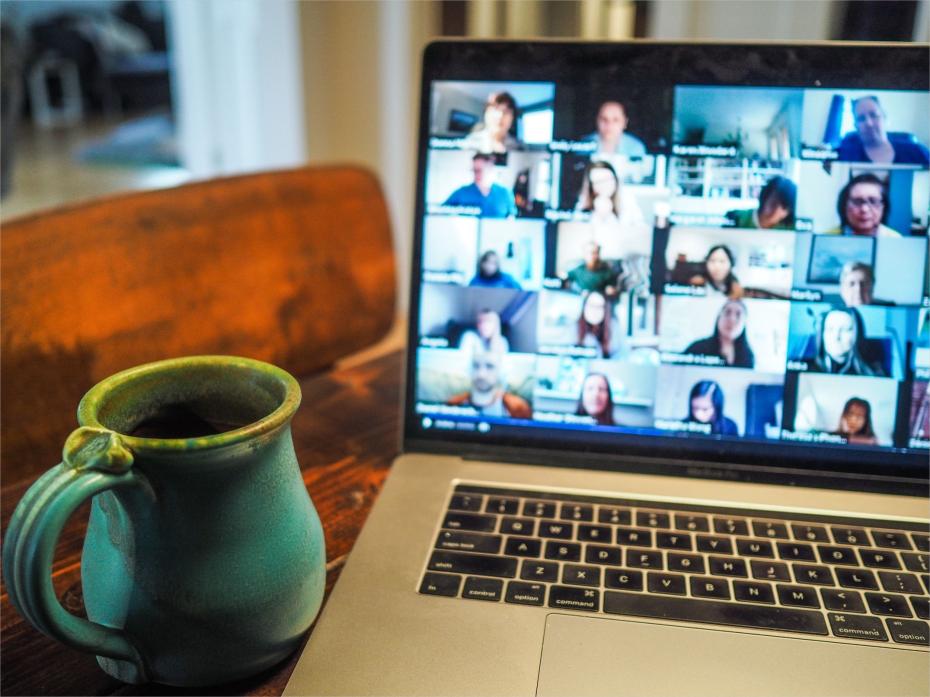
We need to notice who is missing from the decision-making table – and act
It’s up to individuals to notice who is not present on committees and up to institutions to ensure that all voices are represented and heard

The demonstrates a clear relationship between diversity and financial- and market-leadership benefits. Even so, diversity and inclusion remain issues in many institutional decision-making boards and committees. In this article I draw on my own experience to outline some of the issues, propose immediate and longer-term solutions, identify the types of support necessary and highlight why this is needed.
<������Ƶ>The issueIn a previous article, I highlighted the challenges of creating diversity in academic leadership, proposing solutions to create a more inclusive leadership pipeline.
One of the big challenges is that membership of decision-making committees often does not reflect the diversity of the staff and student population. This lack of a wider perspective leads to blind spots and less innovation, which, in turn, result in initiatives and policies that cannot fully address the needs of those they are intended to serve.
- Ten ways universities can tackle gender inequality
- Embedding equality, diversity and inclusion within public policy training for academics
- It is about ‘people knowing who I am’: reflections on how to guide inclusion work in universities
This can be a challenging situation to resolve for a number of reasons. Human beings are not conditioned to notice what is missing, who is not present. We are comfortable in our groups. Therefore, it takes effort and practice to notice, and then call out when the room is filled only with people just like us.
When equity, diversity and inclusion are not fully embedded into the culture and purpose of an organisation, this can lead to tokenism. On more than one occasion, I have received telephone calls asking me to step in because the committee “needs a woman”.
Such requests show a lack of sensitivity to the individual and to the groups they are intended to represent. The person may not have the right experience – or even have an interest in the area under discussion. If this is their first time on a committee at this level, they may lack the confidence to speak, especially if they are not able to prepare properly before the meeting. Finally, from my own experience, and from talking to black and South Asian colleagues, it takes courage and energy to be the “only one”.
<������Ƶ>Suggestions for improving representation at decision-making levelRather than relying on allies to identify and call out a lack of diversity and inclusion, or retrofitting committees to try to fix the lack of appropriate representation, institutional and governance leads should go back to the drawing board to reconfigure committee terms of reference and membership requirements.
Moving away from the usual list of professors and those in senior roles (positions that often lack diversity) enables consultation with representative groups and hardwires appropriate representation from the start. This provides the opportunity to find the right people who can make the greatest contribution from their area of expertise. It also creates an environment where a pool of talented people from all demographic groups and career stages can be identified and trained.
Because this may take time, an immediate solution is to follow the example of conference speakers who have refused to sit on all-male or all-female panels. I invite every person reading this article to take the same approach, to act as an ally and refuse to sit on any committee that lacks appropriate diversity and inclusion. Governance departments have a key role here, challenging business areas and deans to nominate a more diverse membership and changing quoracy rules so that a meeting is not quorate unless there is a minimum level of diversity.
<������Ƶ>How to create inclusion and belongingA HR colleague includes this very powerful statement in his email auto signature:
“Accessibility is being able to get into the building. Diversity is getting invited to the table. Inclusion is having a voice at the table. Belonging is having your voice heard at the table.”
It is not enough to simply add a woman, black, neurodiverse, LGBTQ+ or other minoritised person to a committee to create inclusion. While it may technically improve diversity, much more is required to ensure that all members have the confidence and space to use their voices – and that all voices and contributions can be heard. This may require training of chairs and members, and a level of discipline and empathy in how the meeting is conducted to avoid only the loudest voices being heard. Both inside and outside the meeting, information, mentorship and support may be needed to allow new members to prepare and be confident in adding their own contributions.
Finally, it is critical that the work doesn’t stop at just one member from a group. This can be highly counterproductive, especially if it creates a perception of competition for the “one seat” at the table. Let’s use the one seat as a starting point and aim to have full inclusion and representation in every decision-making and strategic committee or panel.
<������Ƶ>The benefits of full inclusion at strategic and governance levelThese are many and varied, and include creating dynamic, thriving and relevant innovation and governance within institutions. More inclusive committees promote greater inclusion throughout the organisation. All voices can be heard, and the needs of all can be addressed.
As universities begin to emerge from the pandemic, there is an opportunity to make real changes in operations and governance. Now, more than ever, it is crucial that the sector can harness the talents of all staff. Creating greater inclusion in strategic and decision-making committees is a key factor in allowing this to happen.
Let us all aspire to create true belonging at all levels and in all areas of higher education. And we can start by taking personal responsibility for noticing who is not at the table and taking action to rectify that situation.
Jo Cresswell is coach and mentor at Dr Joanne Cresswell Coaching. She was formerly director of research and knowledge exchange at the University of Salford, UK.
If you found this interesting and want advice and insight from academics and university staff delivered direct to your inbox each week, .


